We make Miyagi Prefecture’s famous seri-nabe hotpot using ingredients bought in Sendai
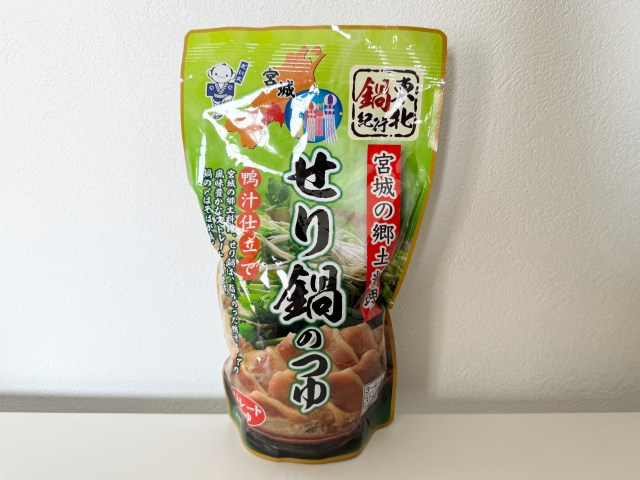
The dish is unique in that all parts of the seri plant are consumed–leaves, stems, and roots included.
While seri-nabe, a hotpot dish made using seri (Japanese parsley, also known as water celery or Java water dropwort) as the star, might not be as famous as other food products like gyutan or zunda from the northeastern Miyagi Prefecture, it seems to be growing in popularity–especially in the coastal city of Natori just to the south of Sendai.
Actually, our team of Japanese-language reporters had been in a seri-soba fix not that long ago thanks to a recipe that one of them had learned from someone. Fellow writer Ikuna Kamezawa had liked it so much that she’s actually been making it on her own ever since then. During her recent trip to Sendai, when she learned that seri-nabe was a local winter specialty food, she really wanted to try it–but unfortunately, her busy schedule didn’t allow her enough time to wait in line at any popular restaurants. It wasn’t hard to spot though, especially with several signs outside of eateries advertising the dish.
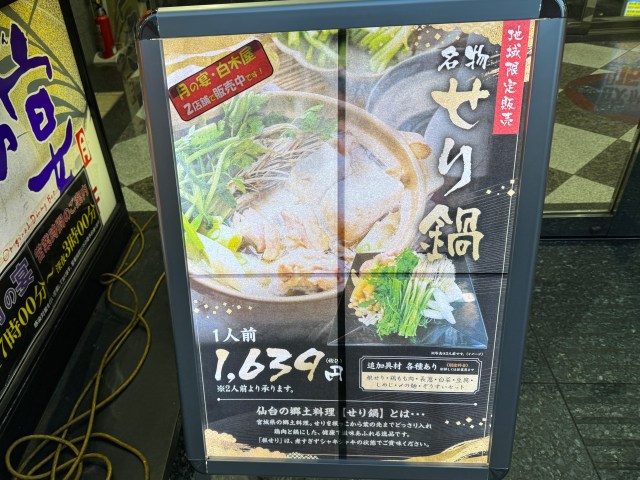
Instead, she purchased a pouch of seri-nabe broth along with a large bundle of fresh seri at a local supermarket. They traveled with her on the shinkansen back to Tokyo and all the way home to her kitchen counter.
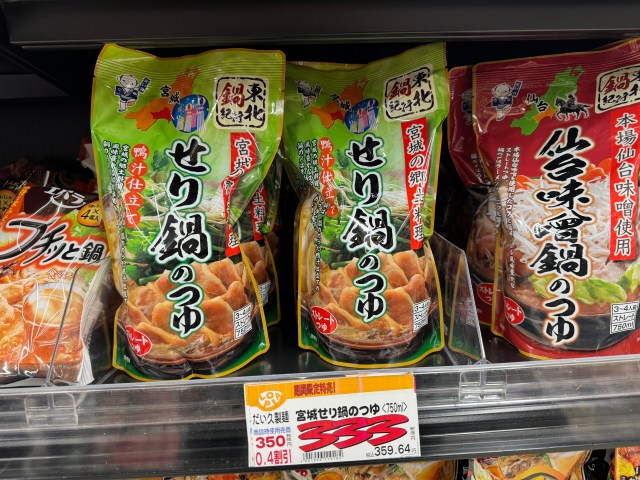
Here’s the seri she bought in Sendai–distinctively curly roots and all!
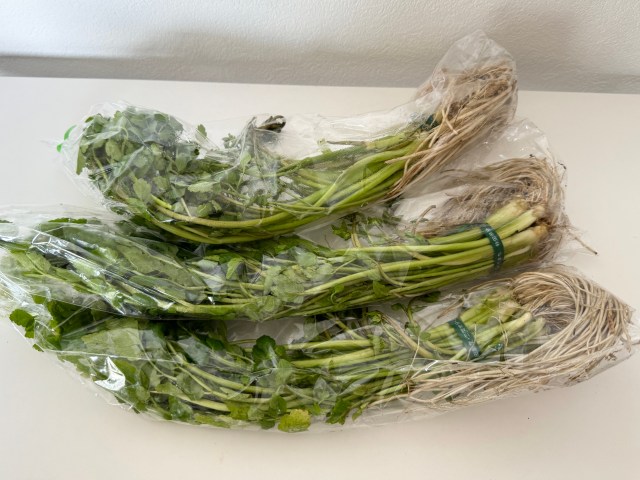
Huh? The label says that it was grown in…neighboring Akita Prefecture to the northwest?!
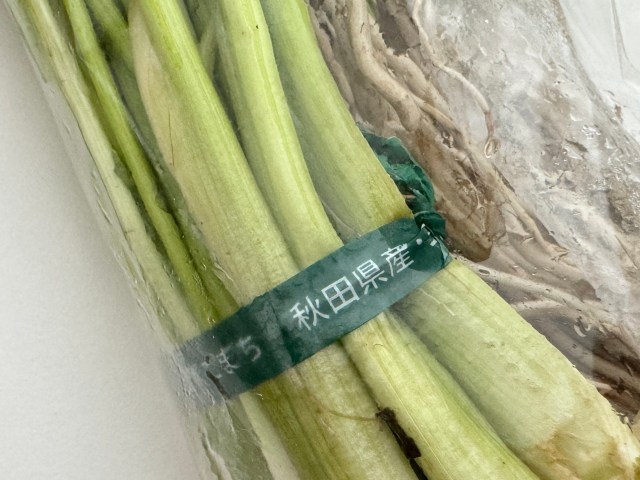
Well that was a bit of a shocker. Ikuna had bought the produce at market chain Lopia right outside of Sendai Station after hearing that there was a brand of seri known as “Sendai seri” in Miyagi Prefecture. She had assumed that all of the seri sold in Sendai would be from Miyagi, but apparently that wasn’t the case. Oh well–seri was seri, so it shouldn’t matter where it was from, but it did feel a bit meaningless to have brought it all the way back from Sendai…
▼ The Lopia receipt
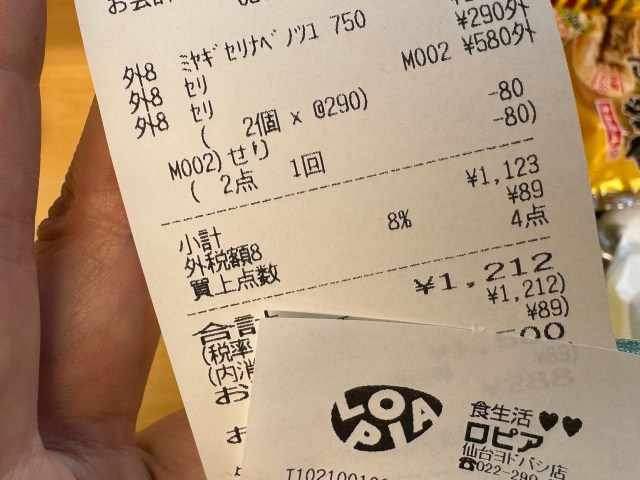
…scratch that last bit. Ikuna wouldn’t let herself feel that way. People from Sendai are very particular about their seri, after all, so if this is what they bought at their local supermarkets, it should be considered true Sendai seri (with a little help from Akita).
According to the instructions on the back of the pouch, it’s normal to add either duck or chicken meat to the stew. There were no other formal instructions for ingredients besides the seri and spring onions, so she decided to refer to the images on the packaging as a guide.
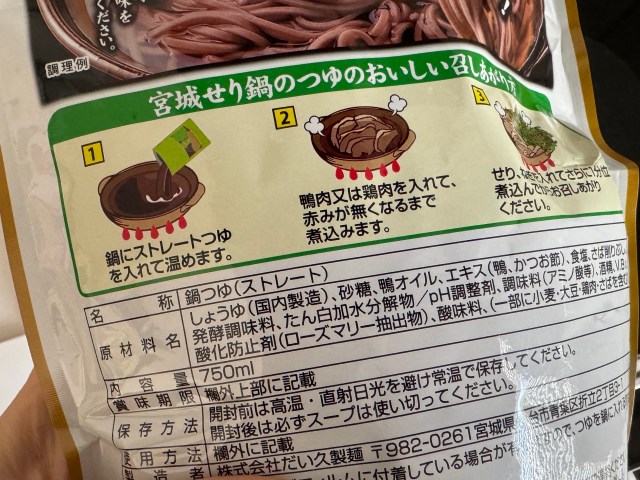
Here are the ingredients that she came up with: duck thigh meat, meatballs, shimeji mushrooms, and spring onions.
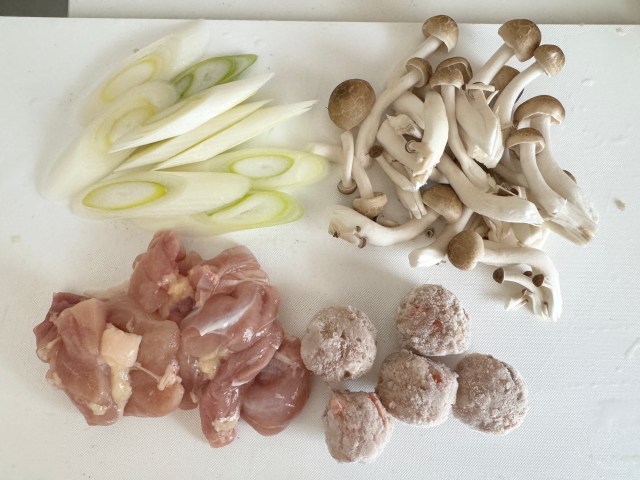
Ikuna simmered the meat well before adding the vegetables. She wanted to be especially careful not to overcook the seri since she liked its texture nice and crunchy. The stock had a pleasantly sweet and rich soy sauce-like smell to it. For a very specific reference, it smelled similar to Mochikichi’s line of inariage-mochi.
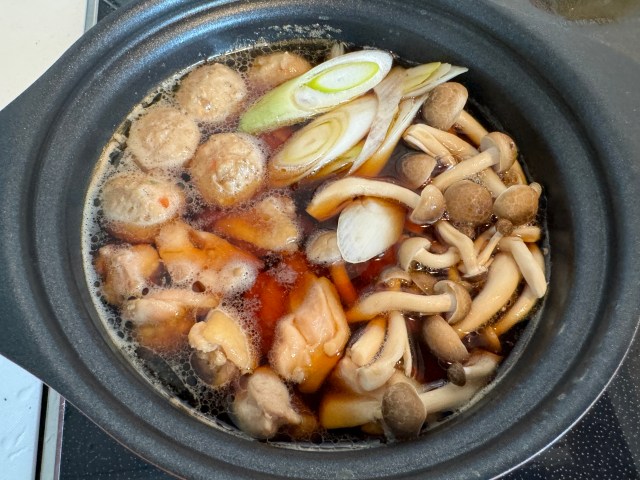
Finally, the dish was ready! It looked hearty, healthy, and gorgeous.
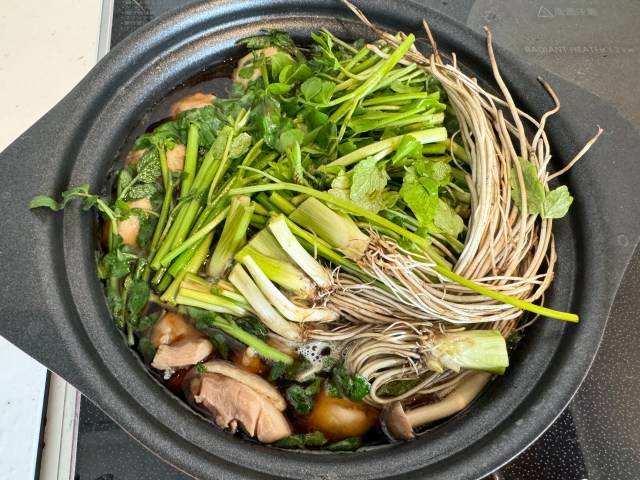
Actually, this would be the first time in her life to seri roots. She had previously only had the leaves and stems with her soba.
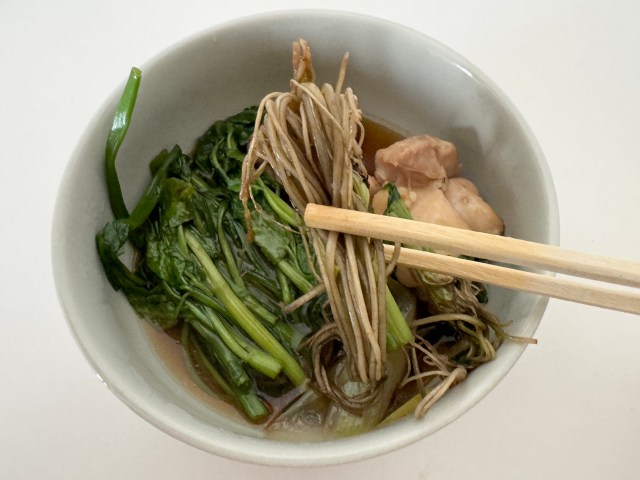
The roots were harder and crunchier than she expected, but still good. She found their hint of earthiness addicting, but could also see how that might turn other people off.
Meanwhile, the broth was like a darker version of the soba broth typically found in Tokyo. For someone from western Japan like Ikuna, she found it to be a bit salty on its own. However, as soon as she added some seri to the mix, the two flavors balanced each other out well.
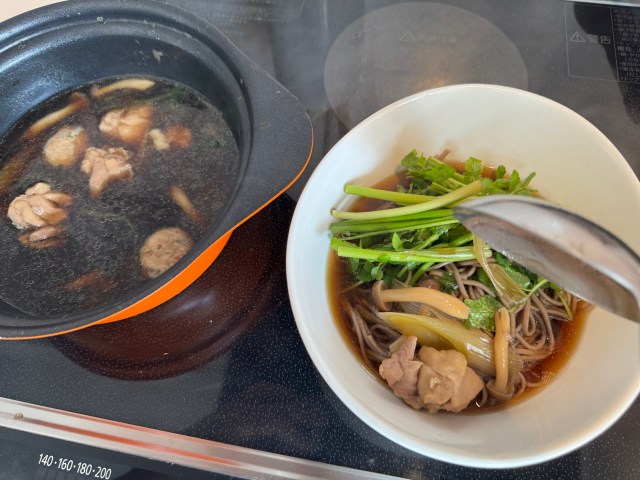
As a final way to use up the broth, she boiled some soba and added the noodles to her bowl. That combination was DIVINE.
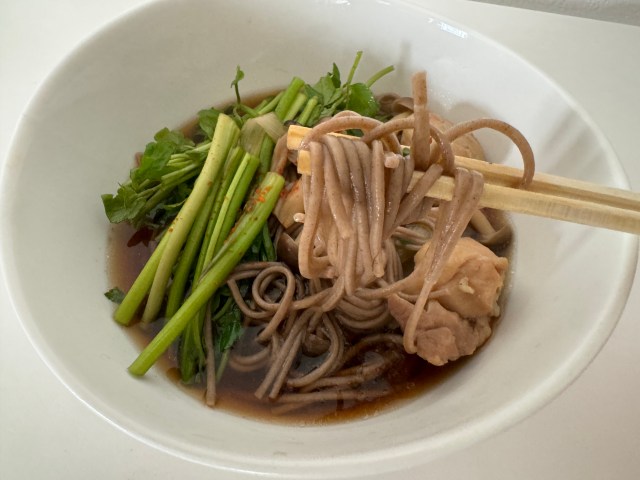
With the success of this one dish, maybe Ikuna should set her sights on making more northern Japanese specialties as well. I’ll put my vote in for her to make Yamagata Prefecture’s imoni stew next.
All images © SoraNews24
● Want to hear about SoraNews24’s latest articles as soon as they’re published? Follow us on Facebook and Twitter!
Credit:

0 comments:
Post a Comment